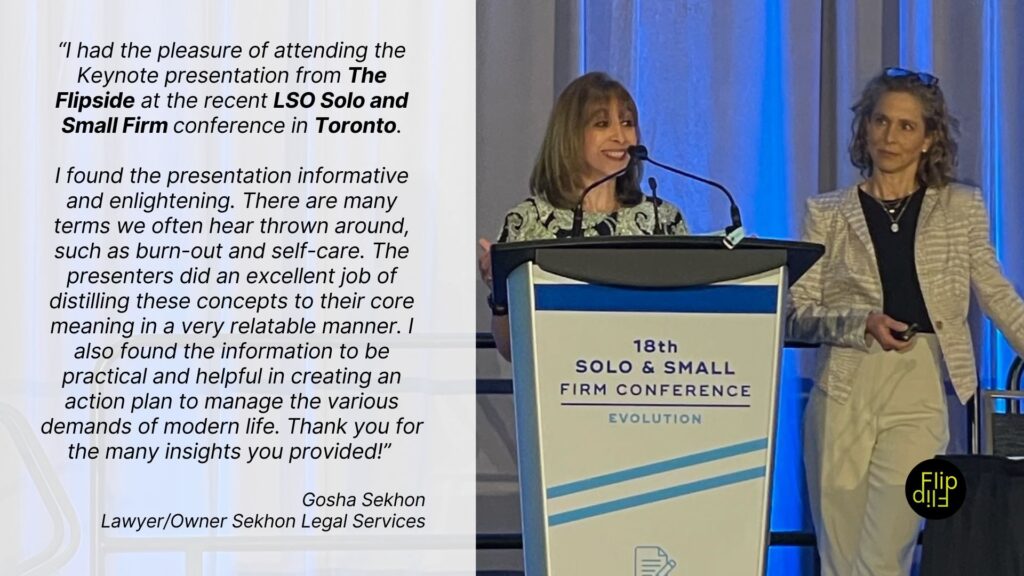Stress
Emotional investments: 10 positive emotions to become rich

Imagine you have an emotional bank account where your emotions serve either as deposits or withdrawals. Positive emotions are equivalent to putting money in your account. Negative emotions deplete your funds. The tricky reality is, negative and positive emotions do not even out, they have different “values” from a “banking” perspective.
According to scientific studies, the ratio is 3-5:1. It takes three to five positive emotions to compensate for a negative emotion. So, if you wake up upset because you are late, or had an argument, it takes three to five positive emotions to “erase” the negative effects in your body’s chemistry and regain balance. See the connection to health? Negative emotions create a stress response that if unattended, accumulates as emotional debt.
Is it possible to stay positive at all times regardless of challenges and hardships? Turns out, there is a way to build your savings (and resilience) that we might already be doing, but goes unnoticed. Fill your day with positive emotions, five times more frequently than negative ones. Here is a way to start pumping up your wealth and health.
We are very literate when it comes to negative emotions. Usually, people can distinguish fear from anxiety, distress, and anger, able to name many negative emotions and explain what each of these entails. But when it comes to positive emotions, we are not so knowledgeable. We are aware of negative interactions but do not give much attention to positive ones (maybe we all take them for granted). When asked to name positive emotions, answers are vague general terms such as “happy”, “good” and “awesome” are common to hear.
It turns out that the lack of vocabulary of positive emotions leads us to ignore them, so we unconsciously place the focus on the negatives, building our emotional debt and depleting our response mechanism when challenging times arise. Here are the ten most common positive emotions based on the studies of Professor Barbara Fredrickson: Gratitude, Hope, Joy, Amusement, Inspiration, Interest, Awe, Pride, Serenity and Love.
Gratitude is being aware of and thankful and taking time to observe and express thanks. It is a moment of feeling overwhelmed with an open heart, or appreciation when someone has gone out of their way for you. It comes with the desire to give and be of service to others.
Hope is expecting the best in the future and working to achieve it. Dr. Fredrickson describes it as an emotion that “springs out of dire circumstances, as a beacon of light”, unlike other emotions that arise out of comfort and safety.
Joy is an instant emotion, a moment captured when all is as it should be. It is immediate and quick to happen. Joy is feeling alive, it is energy.
Amusement is like a surprise that makes you disconnect and have fun; an unexpected enjoyable moment that interrupts your direction or focus and brings a new perspective.
Inspiration is a moment that touches your heart and nearly takes your breath away. Inspiration is not loud, on the contrary, it is an intimate moment that whispers to your senses.
Interest wakes you up and leaves you wanting more, it is a heightened state that calls your attention and curiosity.
Awe happens when you feel overwhelmed by greatness or come across massive goodness. Awe happens when you are overtaken by the extraordinary in ordinary, everyday life circumstances.
Pride is the feeling of one’s or other people’s accomplishment, a product of your or their work and effort.
Serenity is the aftermath of positive emotions; it is a sustained and calm state of joy. It is a mellow and relaxed feeling of goodness.
Love encompasses all or any combination of the above. Love is all that and more. When we experience love, our mind and body fill with the “feel good” and “hear and now” hormones that reduce stress, improve energy and performance, and promote better aging.
Positive emotions are small moments in your daily life, that when noticed, pump up your emotional savings. Be aware of those simple “feel good” situations happening in real-time, for example, the gratefulness of having a hot shower after a cold day, the love when saying goodnight to your children, the joy when getting a call from a friend, or the pride of having completed a task.
We invite you to write down these 10 positive emotions and keep them handy. For 15 days, keep a diary and recognize five different positive emotions each day. Write the experience, preferably on paper. It has been proven that people experiencing positive emotions have more favourable perceptions of themselves and others, are able and willing to serve, are more self-efficacious, and engage to a greater degree. In work settings, these individuals also use more cooperative strategies when negotiating and think more creatively.
The take-home message is that positive emotions are worth cultivating (and saving), not just as end states but also to achieve growth and improved health and wealth.
Cheers,
Rosana





